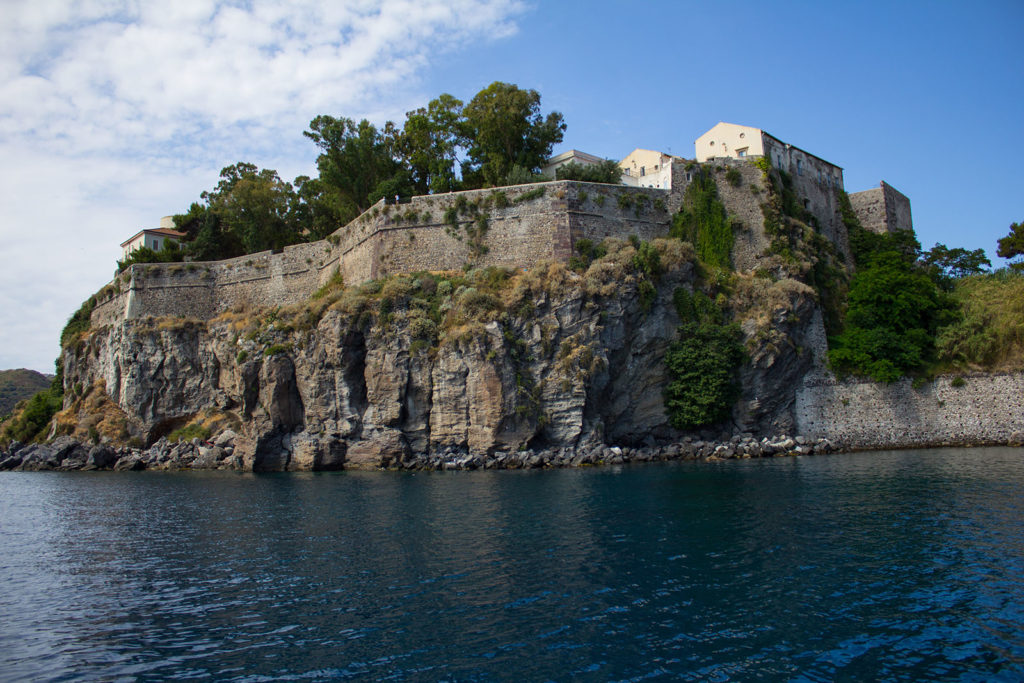The thermal springs of the island of Lipari are remembered by writers of Greek and Roman times (Aristotle, Diodorus, Strabo, Athenaeum and Pliny) and were so famous that one of the minor thermal baths of Rome bore the name of Aeolia.

All the historical sources refer to the thermal spring of San Calogero, located on the western side of the island, whose name derives from Calogerus of Sicily, who later became a Saint and, in 530 AD, restored the thermal baths, which had been abandoned after a large earthquake.
Inside the furnace of San Calogero, prehistoric Bronze Age ceramics were found which were widespread in the Aeolian Islands at a time when trade and economic relations between the Aeolian Islands and the Mycenaean world were already well established.
The building was not built on the hot spring that was further upstream, to the east a few dozen metres away, so water was brought into the furnace through channels. It is the oldest existing spa building and remained so throughout the Greek, Roman and Byzantine periods and until the 19th century through various renovations and reconstructions.
The temperature of the water gushing out of the San Calogero spa is between 34 and 40 °C. These temperatures are attributable to a classic phenomenon typical of volcanic areas, which shows that even the Lipari magmatic system cannot be considered extinct. On the contrary, the fact that the last eruption on the island dates back to “only” 800 years ago, combined with this hydro-thermal activity – widespread along the entire north-western coast of the island – shows that there is a dormant but active volcanic system in Lipari.